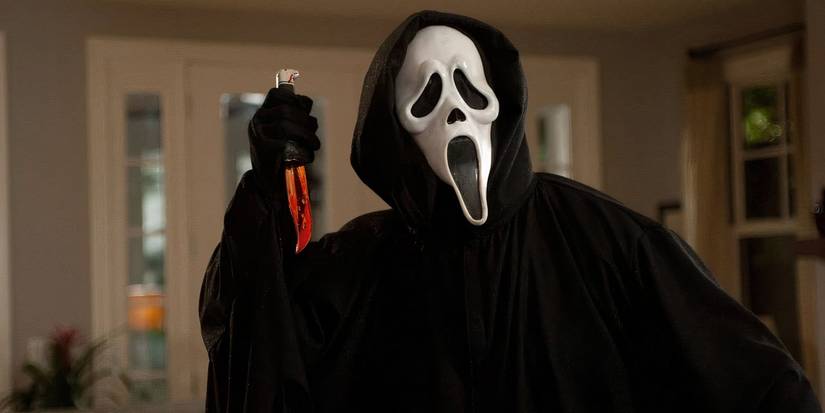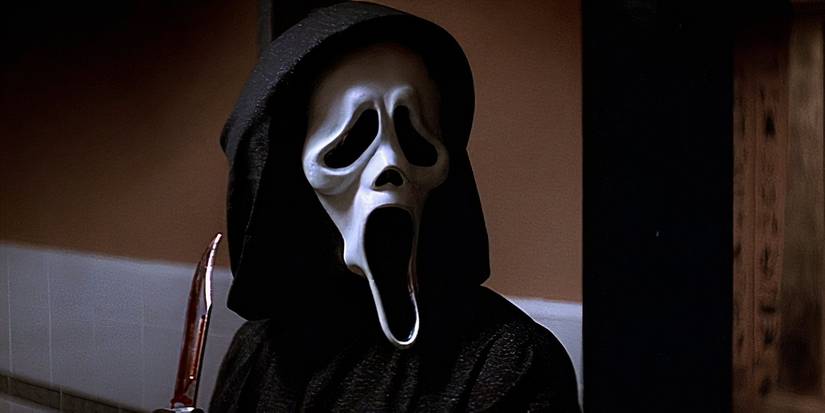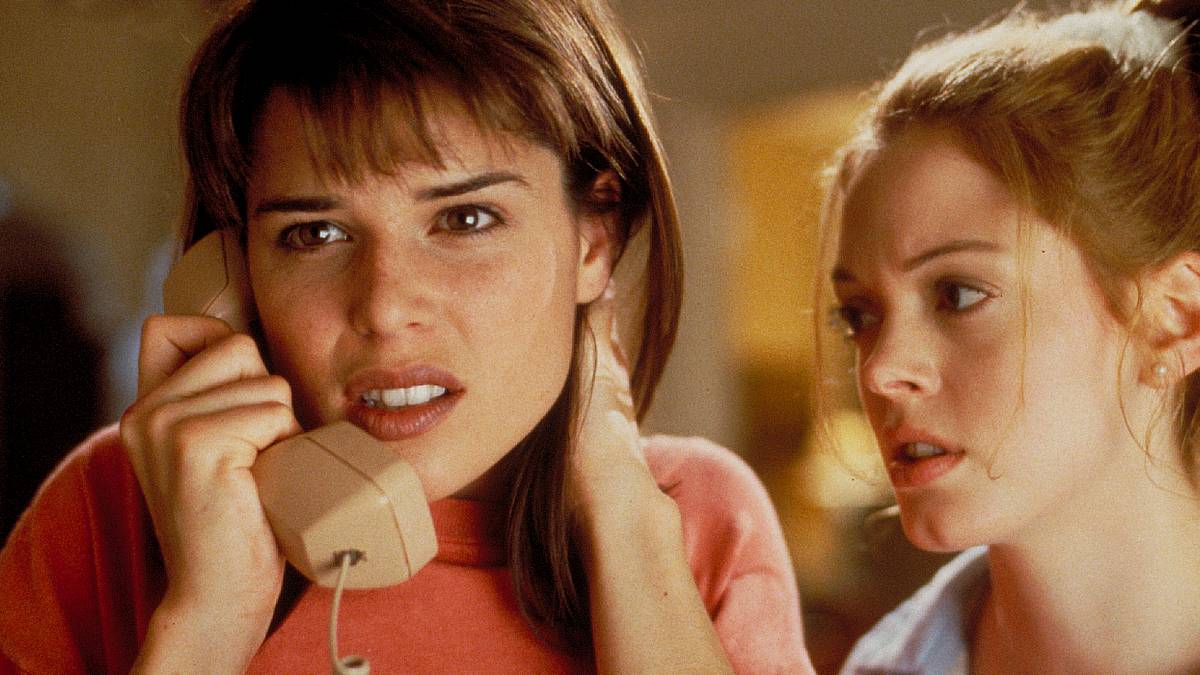There wasn’t a genre that took audiences by storm quite like the slasher genre in the ’70s and ’80s. When fans look back at that period now, they also see the precursor films that ultimately broke that mold in the first place and paved the way for the slasher films as people know them today. What really started back in the early ’60s with films like Peeping Tom and Psycho evolved throughout that decade in other countries, like Italy, with giallo thrillers. Inspired by filmmakers like Hitchcock, Bava, and Argento, American New Hollywood filmmakers started to experiment with the concept even more, and thus the slasher movie was born with films like Black Christmas and The Texas Chainsaw Massacre. Halloween would then popularize the genre and breed an entire decade of slasher films. Things changed in the ’90s when slashers lost some appeal, but then Scream came along.
Usually, when fans think of horror, the slasher genre is an interesting sub-category because its history is so fascinating. The thing about those films is that they had an element of incredibly stylized violence, satirical humor in some cases, and a gritty realism that revolved around specific subjects. While not every slasher movie tries to evoke a sense of realism, there’s no denying that most of them focus on a killer of sorts and comment on the very realness of evil and how it exists in humanity. The entertainment factor of these films stemmed from their campy style and approach, which made them stand out. That style began to lose some appeal in the ’90s, especially with an even greater shift in grounded filmmaking. Wes Craven changed everything with Scream, completely reinvigorating the genre.
Scream Is Still One Of the Greatest Slasher Movies of All Time

Ghostface is holding a bloody knife in the original 1996 movie ScreamImage via Dimension Films
The only way to truly make slashers interesting anymore is to find ways to double down on their identifiable traits, rather than trying to make something too different. Blending elements from various kinds of horror can work if done properly, but it is a very fine balance. What Wes Craven did was entirely different because he leaned heavily into what made a slasher movie a slasher movie while also trying to provide a greater social commentary about the impact of horror on audiences. Horror is one of the few genres that changes at a rapid rate, as it continually strives to keep pace with the evolving tastes of modern viewers. It’s part of why fans don’t find certain horror classics as scary as they once were.
There’s also an element of what viewers can handle, which has been consistently changing throughout the decades as well. Psycho really changed the expectations of audiences, leading to a continuous evolution of the genre to keep up with these expectations. Wes Craven comments on this in Scream by bringing attention to how pop culture has completely rewired the brain chemistry of audiences. Violence has been a theme in movies for a while, but in 1996, Scream called out the transcendent impact of fictional violence on audiences.
Pop culture continues to be a source of criticism because of its constant normalizing of violence on screen or in other mediums. However, many have targeted horror in particular because of a clear glorification of disturbing depictions. Wes Craven’s brilliant satirical slasher film is incredibly self-aware, commenting on its own impact. The meta quality of Scream has never been more appreciated than by horror fans themselves. They not only find it to be a deeper examination of slasher movies, making fun of the tropes and portrayals seen in the films, but also find it to be a great slasher movie in its own right.
Self-referential, thrilling and hilarious, Scream continues to be a reference point for slasher movie fans everywhere. There is an incredibly fine balance taking place in the film that makes it one of the most distinct genre movies ever. What would happen if a duo of horror movie fanatics decided to take the surrealist quality of movies too seriously? Audiences can’t deny the predictive nature of Scream, which highlighted the media and pop culture’s impact on young people before it became a legitimate concern in the 21st century. At the same time, fans everywhere were deeply entertained by Scream in 1996.
Scream’s Famous Tagline Speaks to the Genre’s Evolution
There’s a real benefit to the way Wes Craven approached his modern horror hit. Scream came after a long run of the director’s films that, in the midst of the slasher genre’s prime, helped shape it. His slasher classic A Nightmare on Elm Street is a defining slasher movie of the ’80s. After taking an introspective look at his work, Craven made his ultimate love letter and essentially ultimate warning about the slasher genre’s impact with Scream. Channeling his greatest influences and the identifiable traits of the slasher movie genre, Craven crafted a modern-day slasher gem that redefined the genre just as it was becoming overwhelmingly repetitive.
The opening is a great example of the film’s self-referential quality, particularly in killing off the supposed “final girl” within the first ten minutes, which is an homage to Hitchcock’s Psycho. Furthermore, the film sets up its villain’s fanaticism with horror movies early on and makes it a big part of the killer’s identity. The famous line “What’s your favorite scary movie?” doesn’t just define the Scream franchise; it defines the greater meta quality of pop culture and horror that has come to shape modern-day cinema.
When considering the evolution of cinema over the last thirty years, it’s hard not to see the impact of Scream. Granted, Wes Craven is not a stylist per se. Still, his ability to tell a story and say something interesting about humanity and the current social landscape remains an essential tool in his arsenal. What started with Scream has continued in horror and in other kinds of films. The self-referential nature of certain modern films, as well as the passion to blend different kinds of horror, has not been overlooked. Scream’s famous tagline influenced the kind of meta quality there is in films and probably most influenced the rise of spoof movies in the early 2000s, as well as inventive new horror blends like Saw, which combined the slasher movie with body horror, splatter horror, and the torture concept.
This all began with the self-commentary featured in Scream, which explores the greater resonance of great horror films. Sidney Prescott’s horrific story has become a legend over time, and aside from Scream being a uniquely original slasher hit, the franchise has grown to produce several sequels. This is a big part of horror’s evolution as well, and Scream is in the middle of it.
The Scream Films Still Combine Elements From Multiple Genres

Ghostface standing in the school hallway in ScreamImage via Dimension Films
One of the things that fans liked about Scream was its ability to blend various genre elements to become a perfect combination movie. With clear spoof elements combined with self-aware sequences and numerous homages, Scream created an effective new kind of slasher movie. This trend continued throughout the early 2000s and has continued to define many horror movies today. Another great example of horror directors drawing from various influences is the 2014 supernatural horror film It Follows, which incorporates aspects of the slasher movie and reimagines them in a new kind of entity thriller. However, it’s not just other horror movies that have had to evolve with the landscape of the genre.
The Scream franchise has evolved over the years, particularly with the release of the last few films. What’s been great about the new films is their ability to capture the essence of the original while catering to new audiences and featuring new “scream queen” stars like Jenna Ortega. In a lot of ways, the new Scream films have been better than some of the earlier sequels. What they’ve also done really well is include other kinds of horror elements into the mix, like having Billy’s ghost be a presence or connecting new killers to old bloodlines. This has kept the films interesting even though they will probably never be able to live up to every fan’s expectations.
Before 1996, slasher films were very familiar and faced the kind of fatigue that some genre films face today. Scream redefined the slasher genre and influenced many kinds of horror films in the 21st century.

- Release Date
-
December 20, 1996
- Runtime
-
112 minutes
- Writers
-
Kevin Williamson
- Producers
-
Bob Weinstein, Cary Woods, Cathy Konrad, Harvey Weinstein
-

David Arquette
Dewey Riley
-

Neve Campbell
Sidney Prescott
